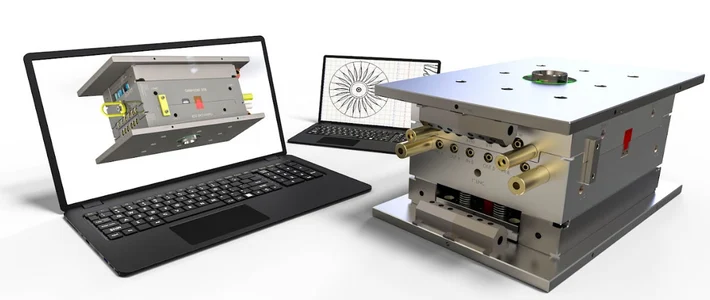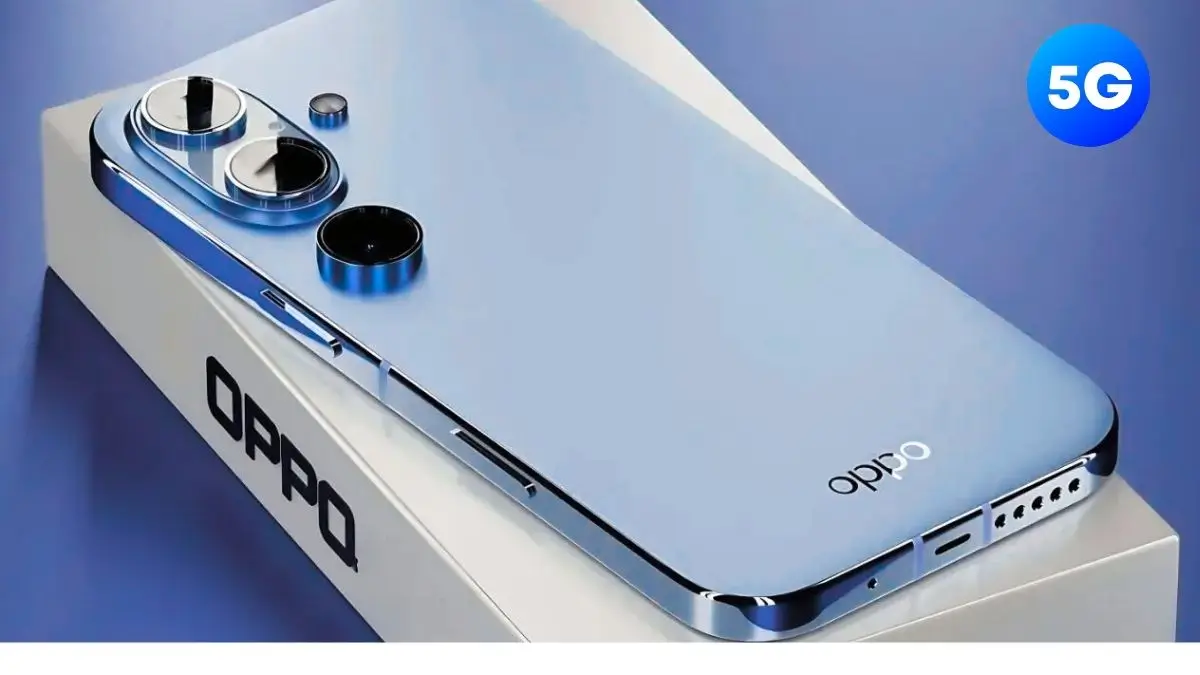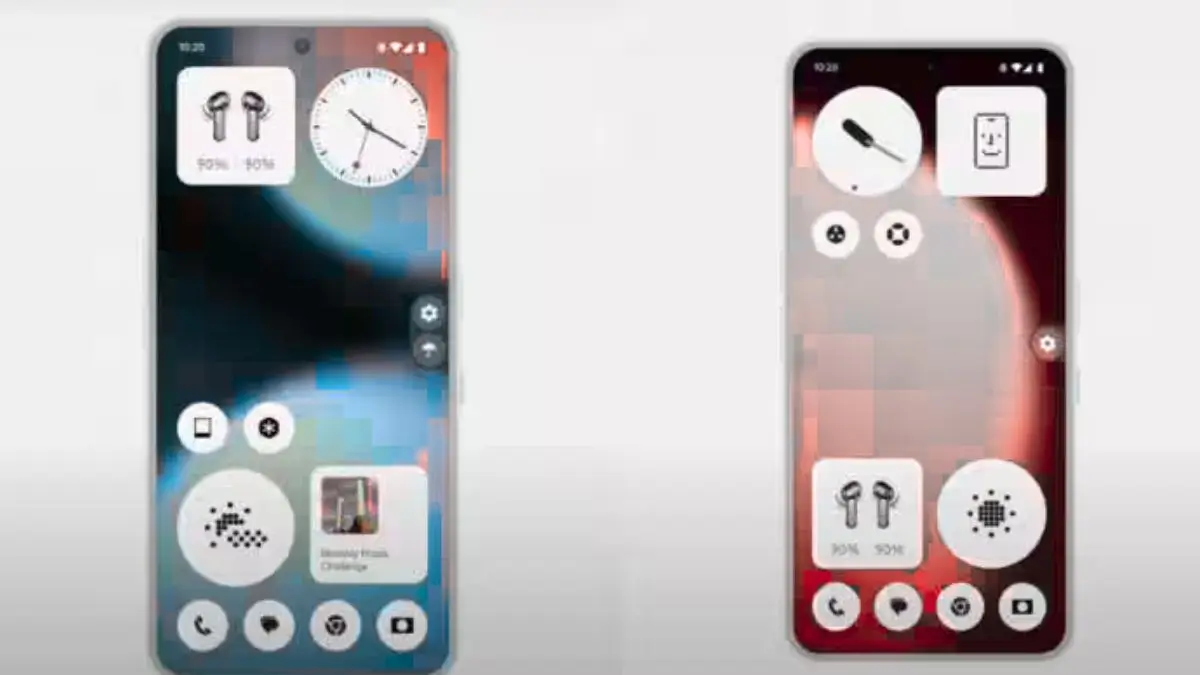When it comes to plastic injection molding, small details make a big difference. One of the most important details is the draft angle. It may sound like a minor design choice, but in reality, it can decide whether a part comes out smooth, precise, and ready to use—or whether it sticks in the mold, warps, or ends up in the scrap bin.
In this article, we’ll explore what a draft angle is, why it matters, and how to get it right in your designs. We’ll also break down the key factors that influence draft angle decisions, so you can avoid costly mistakes in production and deliver high-quality molded parts every time.
What Is a Draft Angle?
A draft angle is the slight taper added to the vertical walls of a molded plastic part. Instead of being perfectly straight up and down, the walls lean outward just a little.
This simple adjustment makes it easier for the finished part to slide out of the mold. Without a draft angle, the plastic would stick tightly to the steel mold due to friction and suction. That can cause scratches, distortion, or even breakage.
Think of it like pulling a cupcake out of a baking tray. If the sides are completely vertical, the cupcake sticks. But if the tray flares out slightly, the cupcake pops out smoothly. The same logic applies in injection molding.
Why Draft Angle Matters
Skipping or miscalculating the draft angle creates several issues:
- Part sticking to the mold – Plastic clings to the walls, making ejection difficult.
- Surface damage – Without enough draft, textures can scuff, scratch, or drag.
- Warping – Suction forces during ejection can bend or distort parts.
- Inconsistent quality – Some parts may come out fine, while others fail.
On the other hand, adding the right draft angle ensures smooth ejection, better surface finish, and consistent product quality.
In short: good draft angle equals reliable production.
How Much Draft Angle Is Needed?
There is no single “perfect” draft angle. The right number depends on the part design, material, and mold depth.
- A common range is 1° to 3° per side.
- Shallow parts may need less, while deeper molds often require more.
- Textured surfaces usually demand larger draft angles, since friction is higher.
- Some plastics with higher friction also need bigger angles.
The rule of thumb is simple: the deeper the part or the rougher the surface, the more draft you need.
Key Factors That Influence Draft Angle
Getting draft angle right means looking at several design and material considerations. Let’s break them down.
1. Part Design
Features like sidewalls, ribs, and bosses require careful draft planning. Straight walls may look good on CAD software, but in production they create sticking problems. Designers must build in taper from the start.
2. Mold Design
Both the core (internal surfaces) and cavity (external surfaces) of the mold need draft. A well-designed mold ensures parts release cleanly without excess force.
3. Material Selection
Different plastics behave differently. Materials with high shrinkage or rough surfaces need more draft. For example:
- ABS may require less draft.
- Polycarbonate or glass-filled plastics may need more.
4. Surface Finish
A polished mold surface reduces friction and may allow for smaller draft angles. But if the surface is textured for cosmetic reasons, a larger draft is essential to avoid dragging and scuffing.
5. Ejection Method
Ejector pins, air vents, and other mold features all interact with draft angle. If draft is too small, ejector pins may leave visible marks or push through thin walls.
The Impact of Draft Angle on Product Quality
Draft angle affects not just mold release but also the final look and accuracy of the product.
- Surface Finish: Too little draft causes dragging, leaving scratches or dull spots.
- Geometry Accuracy: Larger draft angles can change the part’s dimensions, so designers must account for this when setting tolerances.
- Structural Integrity: Warped or distorted parts may fail in use, leading to returns or safety issues.
The takeaway: draft angle is not just a mold concern, it’s a product quality concern.
Practical Guidelines for Designers
Here are some straightforward tips for applying draft angle in your projects:
- Start with at least 1° per side. If in doubt, add more, not less.
- Increase draft for textured surfaces. For deep textures, use 3° or more.
- Match draft to material. Check manufacturer recommendations for the specific plastic.
- Consider the full ejection process. Account for pins, air release, and vacuum effects.
- Check dimensions carefully. Compensate for taper so your final part matches the design intent.
By following these rules, you avoid the most common molding mistakes and save time in revisions.
Common Mistakes to Avoid
Even experienced designers sometimes overlook draft angle. Here are errors that cause the most trouble:
- Forgetting draft in CAD models. A part may look fine digitally but fail in reality.
- Using uniform draft everywhere. Different surfaces may need different taper.
- Ignoring texture. Applying the same draft to polished and textured areas leads to scuffing.
- Overcompensating. Too much draft changes part geometry beyond tolerance.
Avoiding these mistakes keeps your production efficient and your products high quality.
Why Draft Angle Saves Money
Every molding project comes with costs: mold making, material, production time, and scrap. Draft angle directly affects all of these.
- Less wear on molds means longer tool life.
- Fewer rejected parts reduce waste and rework.
- Faster ejection shortens cycle times and boosts output.
In other words, draft angle is a low-cost design choice with high-cost savings.
Final Thoughts
Draft angle may seem like a small design detail, but it has a huge impact on injection molding success. Getting it right improves quality, speeds up production, and reduces costs. Getting it wrong leads to sticking, scuffing, and wasted time.
If you’re working on a new plastic part, remember:
- Add draft early in the design process.
- Match it to material, geometry, and surface finish.
- Think of draft angle as both a technical and financial advantage.
By paying attention to this detail, you ensure your parts eject smoothly, look great, and meet customer expectations.















